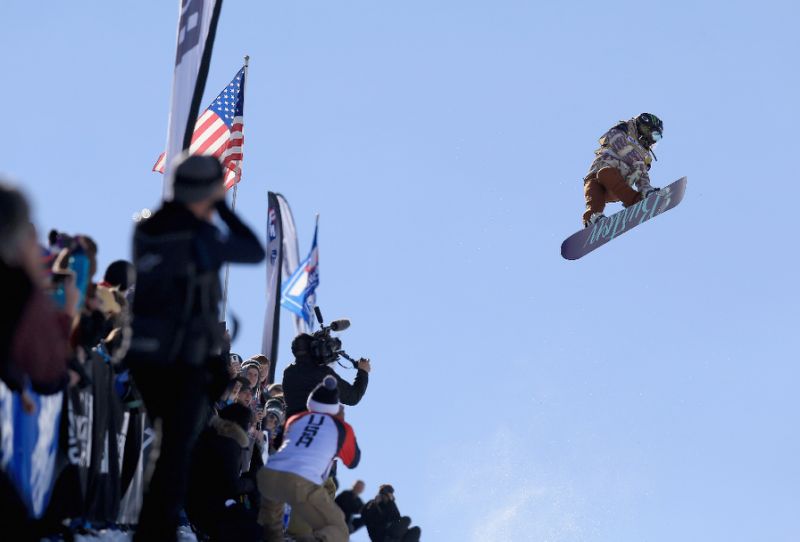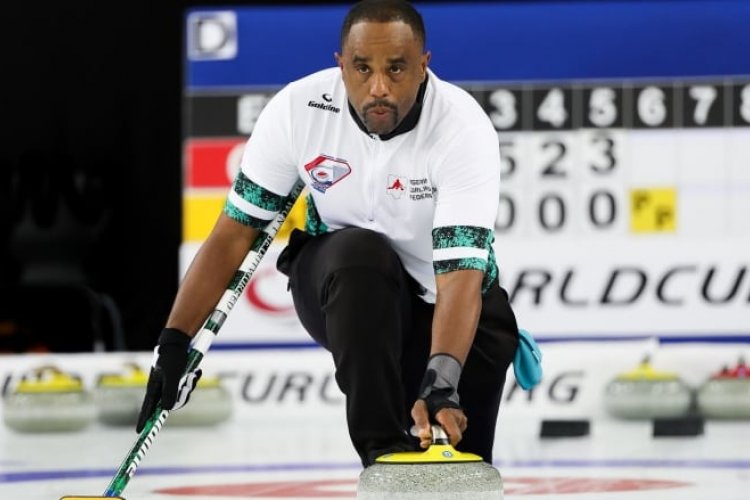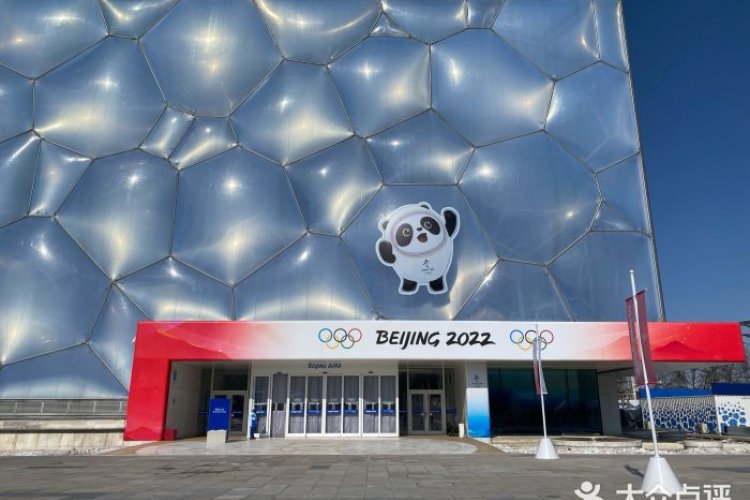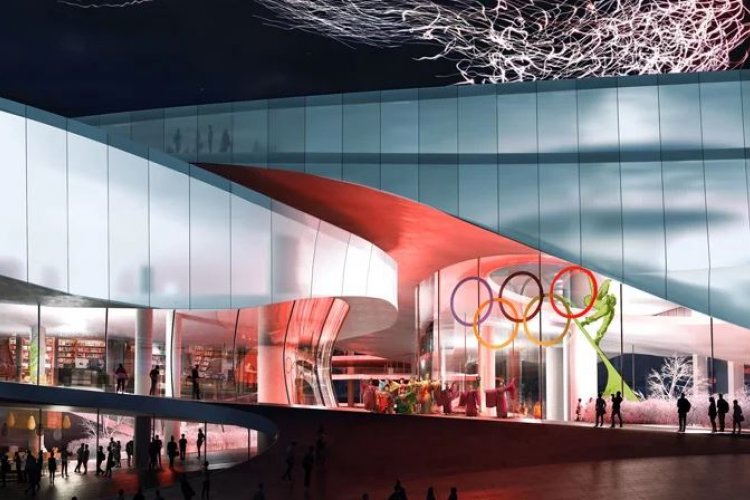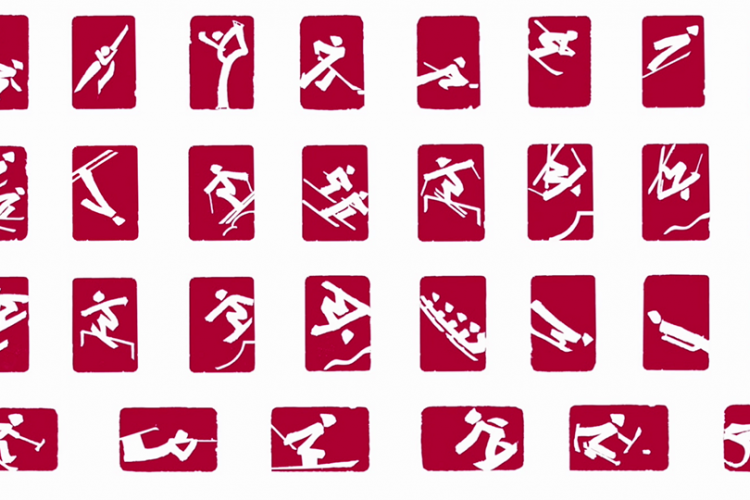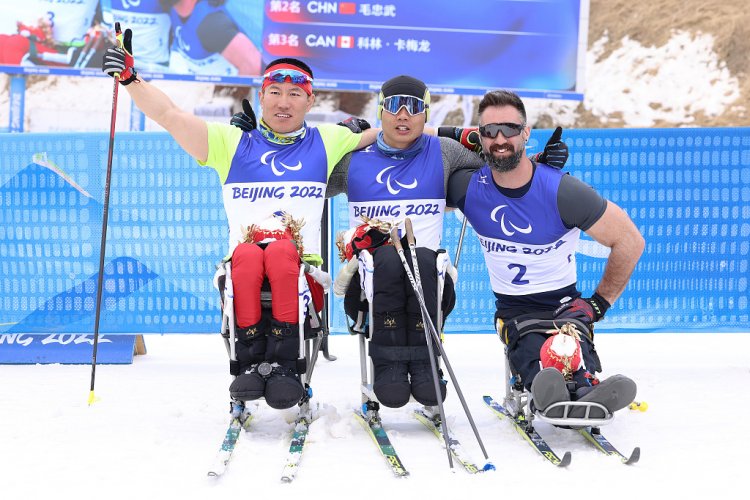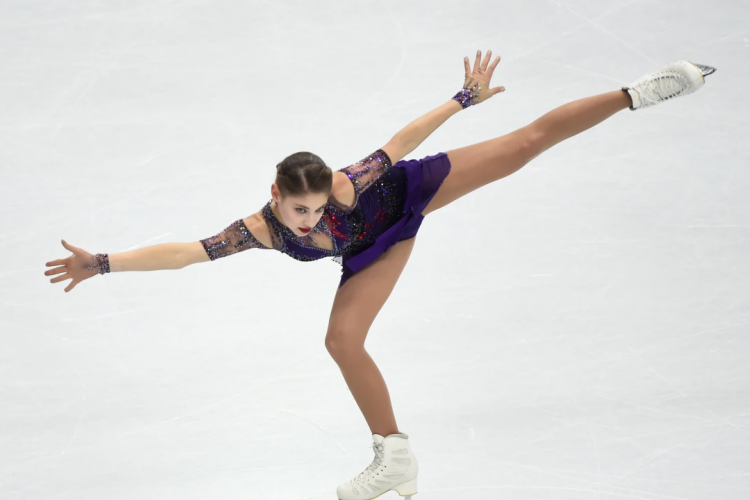OlymPicks: Will Snowboarding Monks or Venue Revamps Define the 2022 Games?
OlymPicks is an ongoing blog series whereby we highlight news, gossip, and developments in the buildup to Beijing's 2022 Winter Olympics.
When you think about the term “Beijing Olympics” what springs to mind? Many sports diehards might recall intensely close competitions and feats of speed, agility, or strength at the 2008 Games. But many other Beijing dwellers might instead associate those Summer Olympics with a rapid pace of redevelopment in the capital, along with the construction of still iconic landmarks like the Bird’s Nest and the National Aquatics Centre (aka the Water Cube).
However, a much different theme is surrounding the upcoming 2022 Beijing Winter Olympic Games. In fact, a recent China Daily article (via The Telegraph) boldly declared arena reuse a key legacy of Beijing’s 2022 Games in its title.
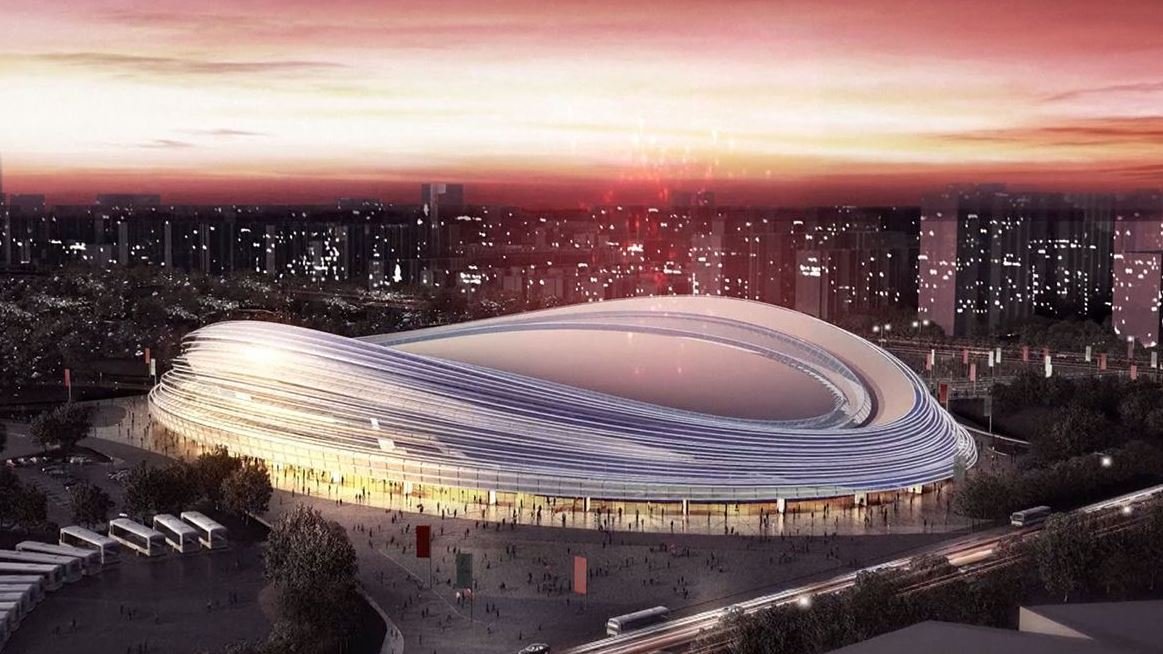
While much has been made of how officials plan to be more frugal and efficient this go around by revamping already existing facilities, this new story goes into greater detail about changes at the aforementioned Water Cube, along with 26 other venues in Beijing proper and the city's greater areas like northwestern Yanqing district and co-host Zhangjiakou, Hebei province (the latter of which will host several skiing competitions, among other events).
Perhaps of greatest interest is a description of refurbishments at the Water Cube. Known for memorable Olympic moments like Michael Phelps’ record-breaking eight gold medal wins (the most at a single Games) in 2008, the famed pool will undergo extensive revamps to be an ice rink worthy of professional curling by 2022. Among those measures: placing supportive steel structures in the pool, securing a concrete retractable pool cover, making competition-level ice for those curlers, not to mention revamps in the venue’s cooling and humidity control systems.
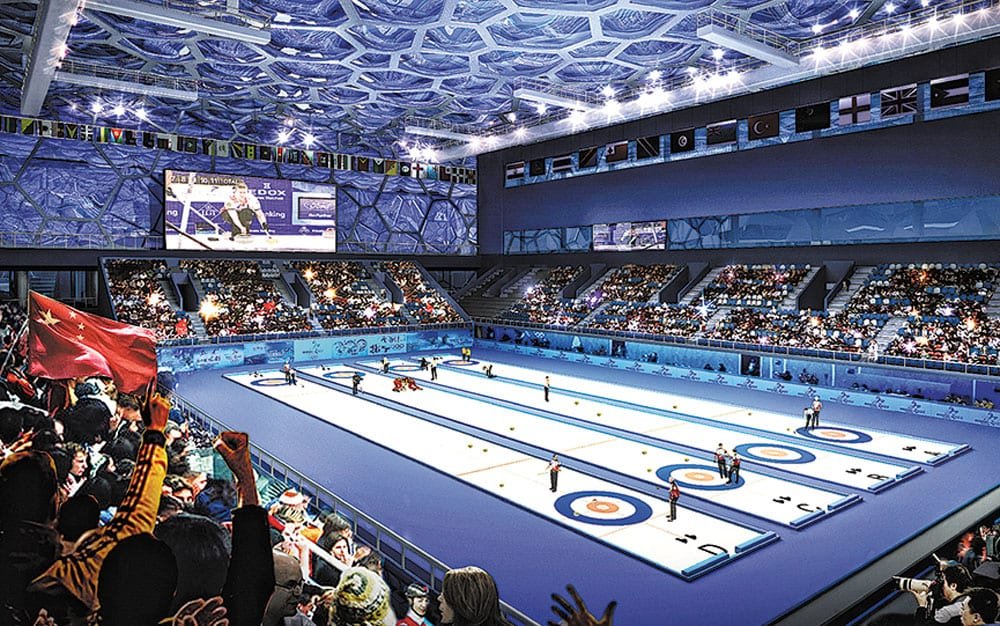
But just because such Olympic venues are being reused to save resources, that doesn’t mean getting them ready for the Games is easy. Preparatory hurdles include attaining an ideal temperature that will be bearable for spectators in the stands, but also cold enough for the ice that Olympians will play on. As project head Yang Qiyong, the general manager of Beijing State-owned Assets Management Co. told China Daily: “It’s easy to just apply as many air conditioners as needed, but we will take a more energy-efficient solution featuring natural ventilation through existing vents in the main structure of the venue.”
READ: IOC Announces 7 New Events to Be Added to Beijing Winter Olympics Roster
Aside from making the old new again with these extensive venue revamps, Chinese officials are reaching back even further into the past when it comes to one of the specific sporting competitions. In a downright bizarre turn of events detailed in an article by the AFP this week, “medal-hungry” Chinese planners are panicking about their nation’s prospects in numerous winter sports competitions, and the utmost calamitous risk of “losing face” has prompted them to turn to China’s most stereotypically able-bodied citizens: Shaolin Temple Monks. As AFP put it, imagine a “Chinese kung-fu monk rocketing down the halfpipe, his robe fluttering behind him, bald head glistening in the sun, to claim snowboard Olympic gold.”
While officials will likely want you to focus on their revamps of Beijing sporting venues, thus cementing a legacy of prudence and frugalness, let’s hope that these glorious snowboarding monks instead take their rightful place as the unofficial, and far more memorable, mascots of the 2022 Games.
Photos: AFP, Twitter, The Telegraph

